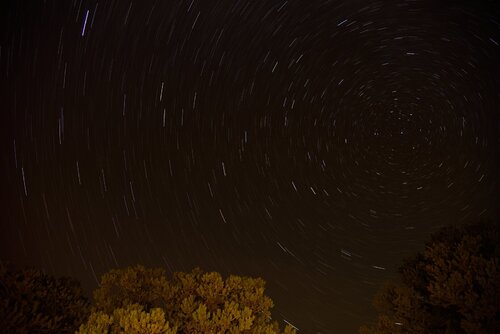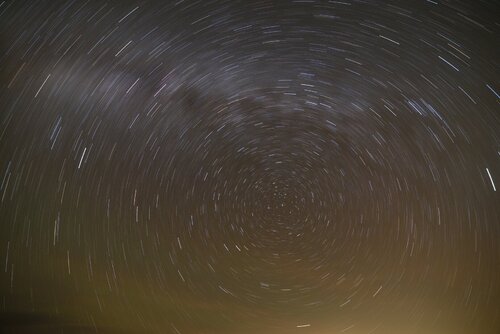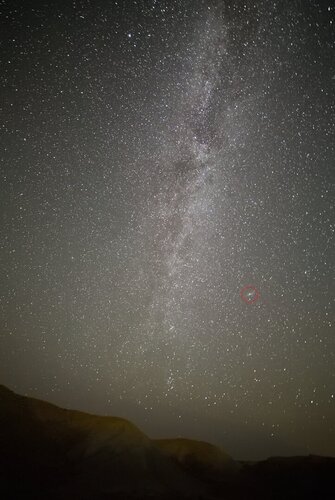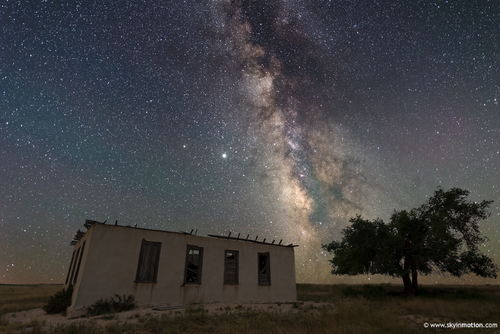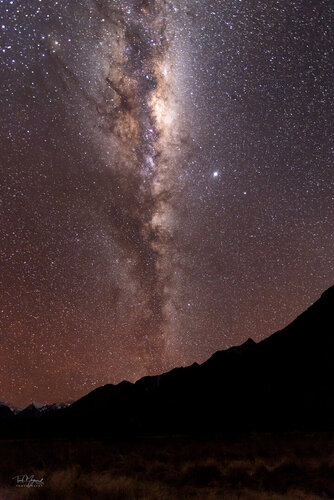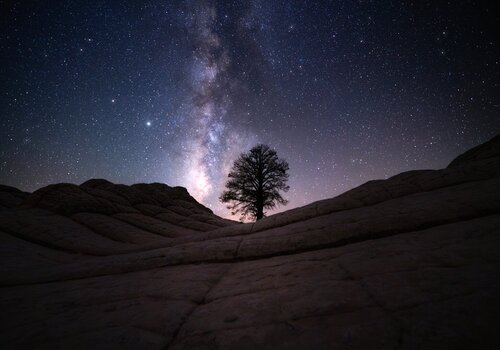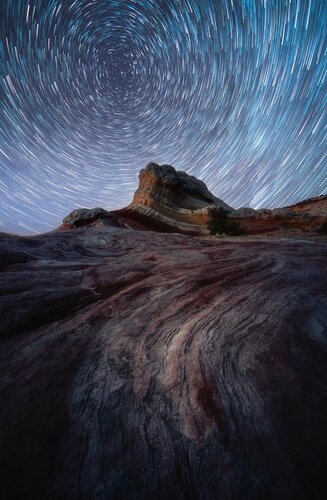Tony Laubach
EF5
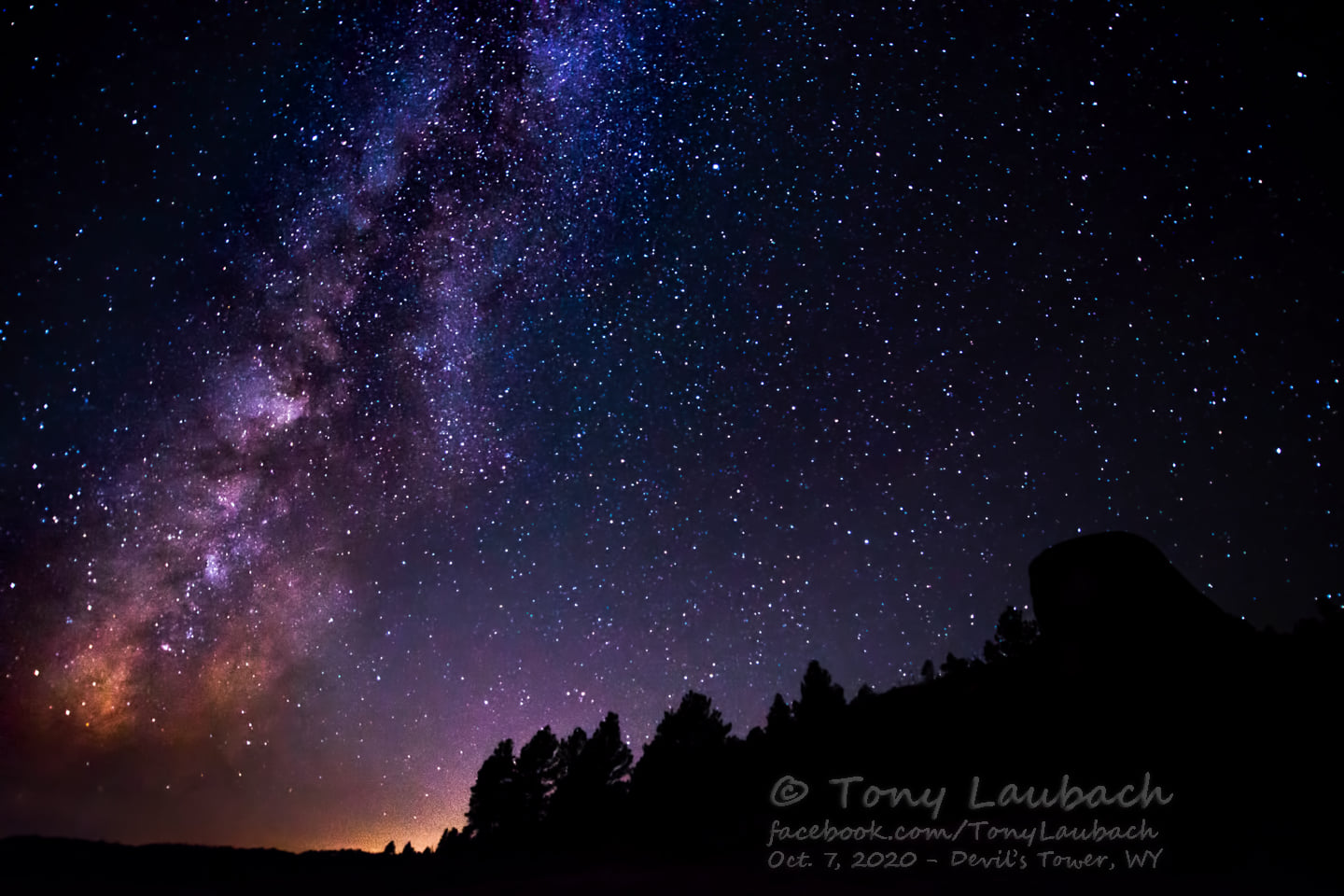
My wife and I took a Covid-safe road trip to enjoy some of the sights across eastern WY and the Black Hills/Badlands in South Dakota... my primary goal was to do some astrophotography, namely in the Badlands, but also to take my wife to some of the places she's never been that I LOVE getting up to. This was my first non-chasing trip to these areas.
The shot above was taken at Devil's Tower, we had gone up there earlier that evening prior to sunset and originally had no plans to shoot stars there. But we stopped for dinner at the base of the monument and decided to wait out the sunset to give it a shot. Skies were clear and there was no smoke/haze, so we took advantage.
I am VERY new to this kind of stuff, having dabbled in it a few times off and on through the years. But prior to this year, did not really have the lens to capture the images I wanted. I purchased the Nikkor 14-24mm back in May and have used it one other time for this kind of thing. Also, I had not taken the time to learn to process it, and surprisingly, had never really used Lightroom to its full potential (I'm a Photoshop guru).
So finally it all came together... and for one of my first "major" outings, I am thrilled with the result. I still need to learn a few things (the 500-rule was revealed to me AFTER this trip when I was reading up on processing), so I could've done better exposing the foreground, but I like the silhouette look. The colors are fantastic, and I love that the distant urban lights added a little variation to the colors.
Clearly, I was very liberal in my processing, but again, it was my first time going through the steps in Lightroom. I think the details were brought out very well. As for the photo itself, It was shot on my Nikon D750 at 14mm. I did a 5 second exposure at f2.8 at 6400ISO. Again, at 14mm, I could've kept the shutter open 20-30 seconds without star trails and probably would've exposed the foreground better.
Still though, I am EXTREMELY pleased with this... I feel I have a basic grasp on shooting the milky way and starscapes better, and now that I have done some hands-on post-processing, I am excited for future opportunities.

